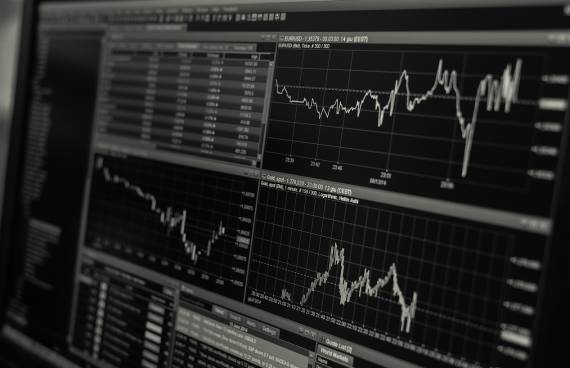Market Analysis
“I only believe in statistics that I doctored myself” ― Winston S. Churchill
“In God we trust, all others must bring data.” – W. Edwards Deming.
The above quotes show that statistics, as a science is open for some manipulation. This is why at V-Energy we do not believe in ready-made, one-size-fits-all numbers. Our opinion is that our clients could not get the necessary insight information from such ready-made numbers. Our policy at V-Energy is that correct market decisions may only be made based on precise numbers and deep analysis, having the specific requirements of the concrete clients in mind.
This is why we are continuously collecting and analysing Hungarian, Western and Middle and Eastern European (including Ukraine) electricity and gas data.
Raw data may be divided into two groups:
- Fundamentals
- Current and historical market price information.

Fundamentals are all information and data that influence the operation of electricity and gas market. For example
- cross-border import and export flow
- transit flows
- filling rate for hydro reservoirs
- running of power stations
- temperature forecast
- water flows
- power station mix in operation
- electricity and gas consumption rates
- forecast for domestic electricity generation
- regulation of RES energy
- fuel switching
- prices for EU allowances
- filling rate for gas storages
- etc.
But we also regard as ’fundamentals’ the following macro economy indicators:
- inflation
- Gross Domestic Product (GDP),
- central bank base-rate
- unemployment rate
- Purchaser Manager Index
- etc.
Market prices are coming from several sources. Exchange traded and over-the-counter (OTC) information might show different pictures for the same commodity in the same country. Price assessments from the big data vendors (Argus, ICIC Heren, Platts) should be also considered, together with prices from the OTC brokers. The coordinated or dis-coordinated movements of OTC and exchange market prices show critical signs about the internal status of commodity markets for those, who can read such signs.
Market prices are coming from several sources. Exchange traded and over-the-counter (OTC) information might show different pictures for the same commodity in the same country. Price assessments from the big data vendors (Argus, ICIC Heren, Platts) should be also considered, together with prices from the OTC brokers. The coordinated or dis-coordinated movements of OTC and exchange market prices show critical signs about the internal status of commodity markets for those, who can read such signs.
In addition to the above, we are interested in any news, event, comments, etc. that might influence the commodity markets, like
- political changes,
- civil unrest
- demonstrations
- armed conflicts
- bankruptcy
- etc.
Our data analysing tools cover a wide range of statistical methods, like
- analysis of long time-tail data
- correlation analysis
- outliers focus
- seasonality factors
- stress tests
We choose the right method for the actual case to get the best statistical base-analysis ready for our client.
In our experience, we had several clients who wanted to analyse a commodity market with a very specific focus. In this case, we clarify what the client wants exactly, and then we re-structure data in a way that is focusing on the particular needs of our clients. We had some really interesting cases, when the V-Energy conclusion was the opposite of what the ’big’ data vendors were showing.
